Insights gleaned into capital's shifts, growth and characteristics of residents
In its latest population report, Beijing has shared critical insights into the demographic landscape of China's capital, highlighting both challenges and opportunities as the city navigates its future.
According to the most recent data, Beijing's resident population stood at approximately 21.858 million at the end of 2023, a modest increase of 15,000 from the previous year. "This stability is noteworthy amid broader national trends of population decline in some regions," the report, issued on Saturday, noted.
A key finding from the report is that Beijing's urbanization rate has reached 87.8 percent, significantly surpassing the national average of 66.16 percent. This underscores the city's role as a critical hub of economic activity and migration.
The report, produced by the Social Work Committee of the Beijing Municipal Committee of the Communist Party of China and other institutions, categorizes its findings into three sections: an overall analysis, detailed sub-reports and thematic studies. It identifies seven key characteristics of population development in Beijing, including stable resident population size, increased urbanization, a narrowing income gap between urban and rural residents, and a dual challenge of declining birth rates alongside an aging population.
The report indicates that children up to the age of 14 comprise 12 percent of the city's population, a slight decline from 2022. Meanwhile, the elderly population (aged 60 and above) is 4.948 million, accounting for 22.6 percent of residents. This demographic shift has led to an increase in the overall dependency ratio — the measure comparing the number of dependents (people not in the labor force) to the working-age population (typically aged 15 to 64). The ratio increased from 20.9 percent in 2010 to 38.7 percent in 2023, positioning Beijing within a "window of opportunity", as described in the report, to leverage new economic growth drivers.
Regarding education and innovation, 56.6 percent of residents aged 15 and older hold a college degree or higher. In 2022, the city had 546,747 research and development personnel, with an R&D density of 250.3 per 10,000 residents, far above the national average. Beijing ranked fifth in per capita R&D funding and second in both invention patent applications and valid patents per capita, reinforcing its status as a national leader in technological innovation.
The report also emphasized the city's economic vitality, noting that since 2015, Beijing has seen steady improvements in this area, with a population economic coefficient of 2.23 in 2022 — the highest in the country. The economic coefficient measures how effectively a population contributes to the economy, comparing economic output, such as GDP or income, relative to population size. In Beijing's case, an economic coefficient of 2.23 means the city's economic contribution per person is 2.23 times higher than the national average, which is set at 1, highlighting the city's vibrant and productive economy.
The report showed significant progress in green development, with reductions in the annual average concentrations of PM10 and PM2.5, as well as an increase in per capita green space from 9.7 square meters in 2000 to 16.9 sq m in 2022. These advancements reflect Beijing's commitment to sustainable urban development.
Yu Qiang, a professor at Beijing Technology and Business University, suggested that to enhance the city's global competitiveness, Beijing should attract and retain talent through comprehensive policies and innovation ecosystems, invest in high-quality education and lifelong learning, and promote family-friendly environments with supportive community programs.
"Sustainable urban development should be prioritized through green infrastructure and smart technologies while improving public services like healthcare and transportation. Encouraging cultural exchange and diversity, increasing research and development funding, and optimizing population distribution will also be essential. By focusing on these areas, Beijing can strengthen its population development and appeal as a vibrant global city," Yu added.








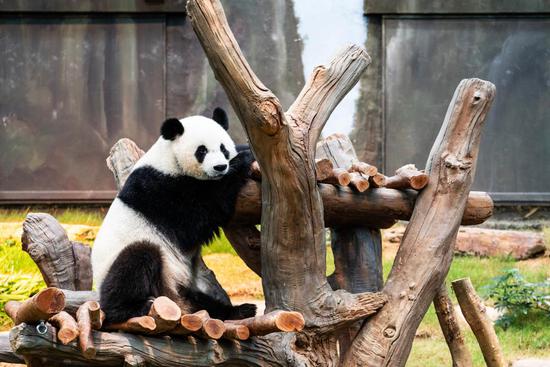



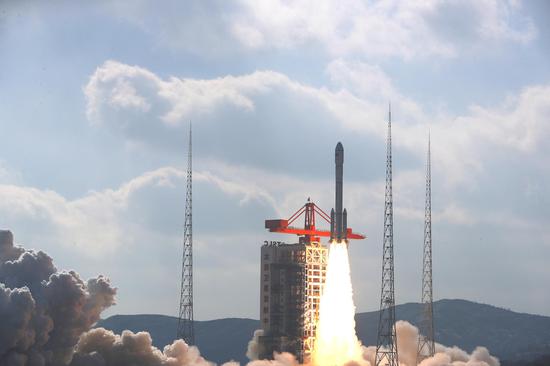




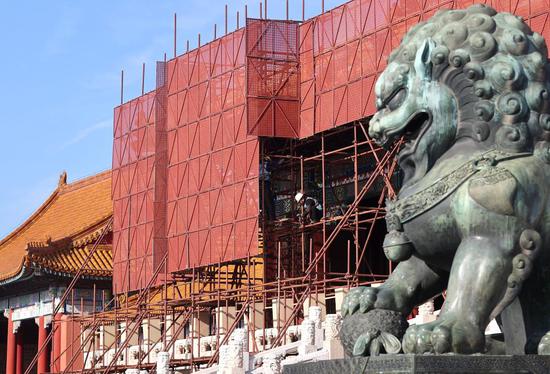



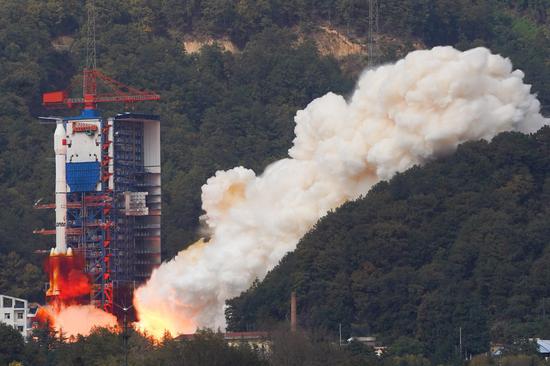

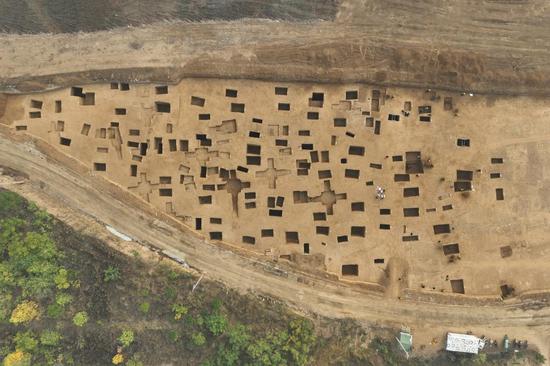
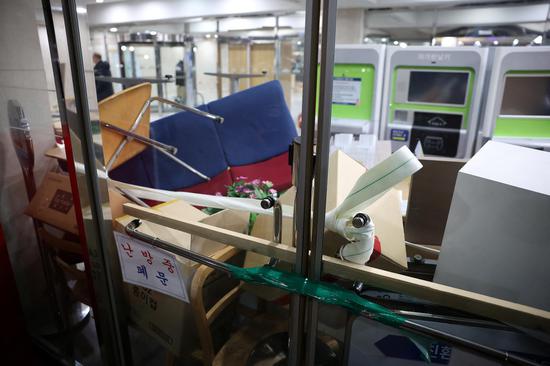




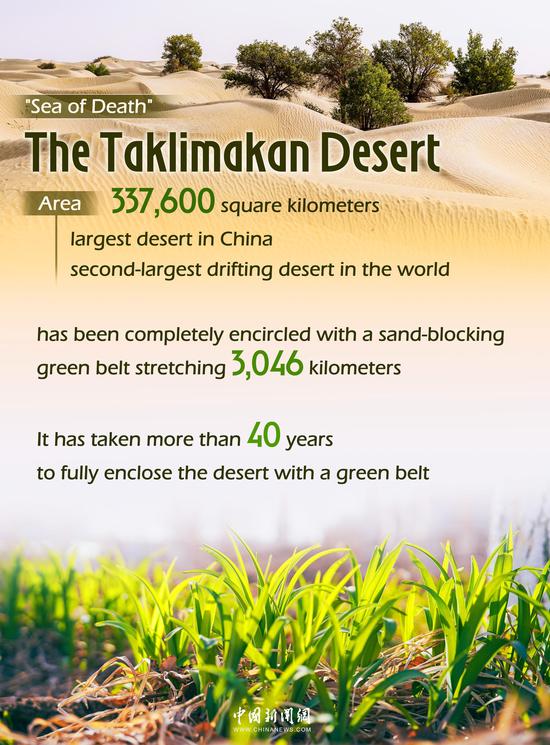
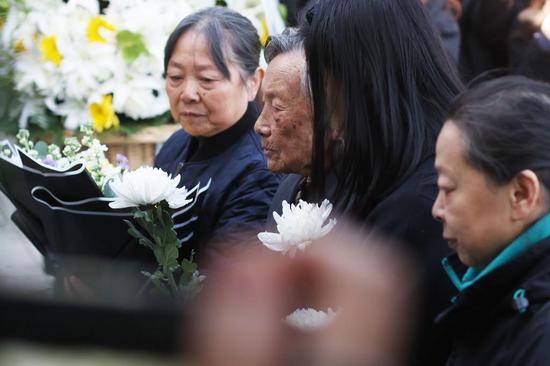


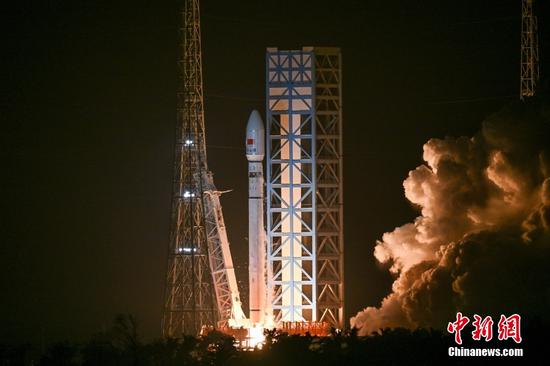

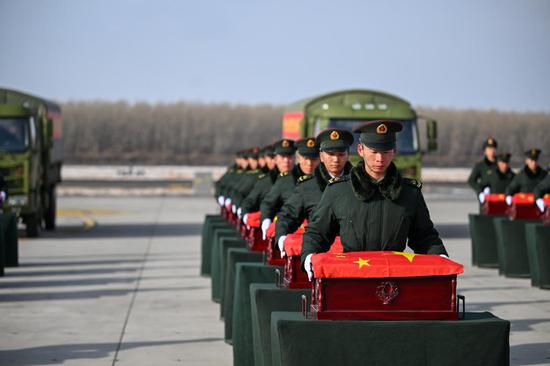



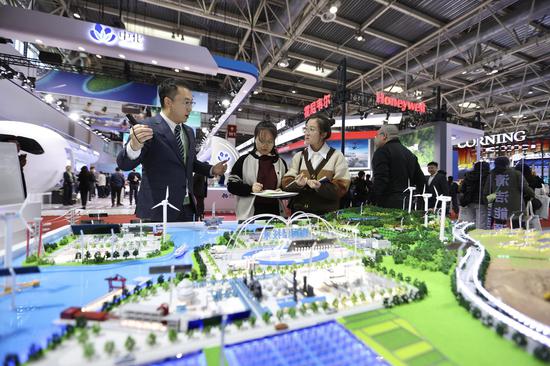
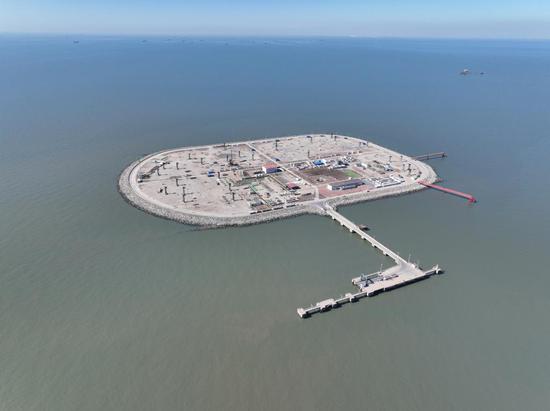

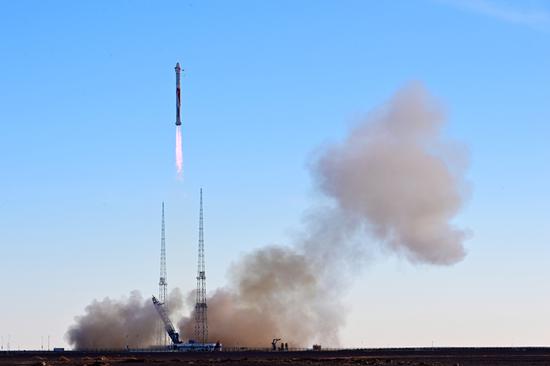
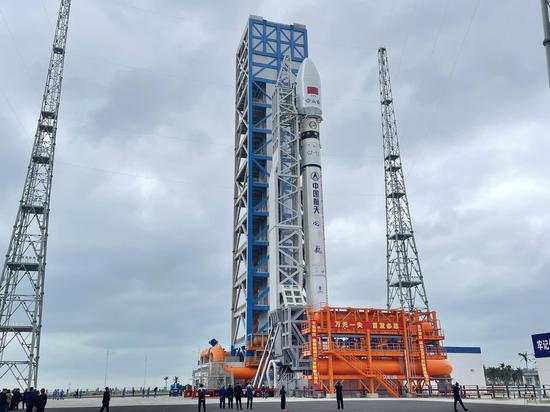






 京公网安备 11010202009201号
京公网安备 11010202009201号